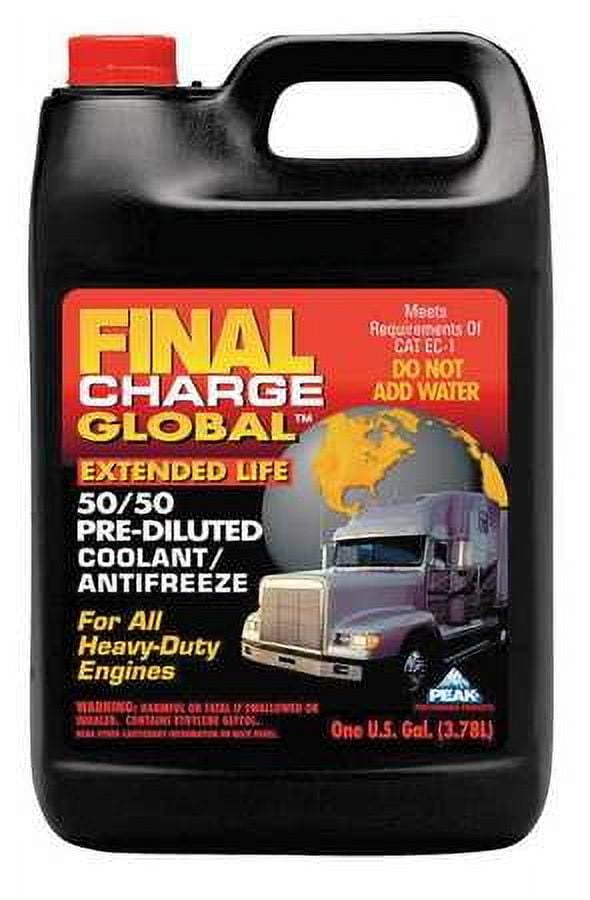wjb
Nitrous
- Joined
- Dec 16, 2019
- Messages
- 1,289
- Location
- California No Longer!
- Ride
- 2008 Rocket III Touring 2002 Bonneville America
I use Peach Tea.
You might think that's ridiculous but bear with me a moment.
I go on a ride. I'm in Death Valley. It's 110 degrees. I run out of gas.
I have a radiator full of Peach Tea to sustain me while I wait for rescue.
If your radiator is filled with an Ethylene Glycol solution will YOU be able to hydrate?
Sometimes this important fact is overshadowed by all this science.
You might think that's ridiculous but bear with me a moment.
I go on a ride. I'm in Death Valley. It's 110 degrees. I run out of gas.
I have a radiator full of Peach Tea to sustain me while I wait for rescue.
If your radiator is filled with an Ethylene Glycol solution will YOU be able to hydrate?
Sometimes this important fact is overshadowed by all this science.

